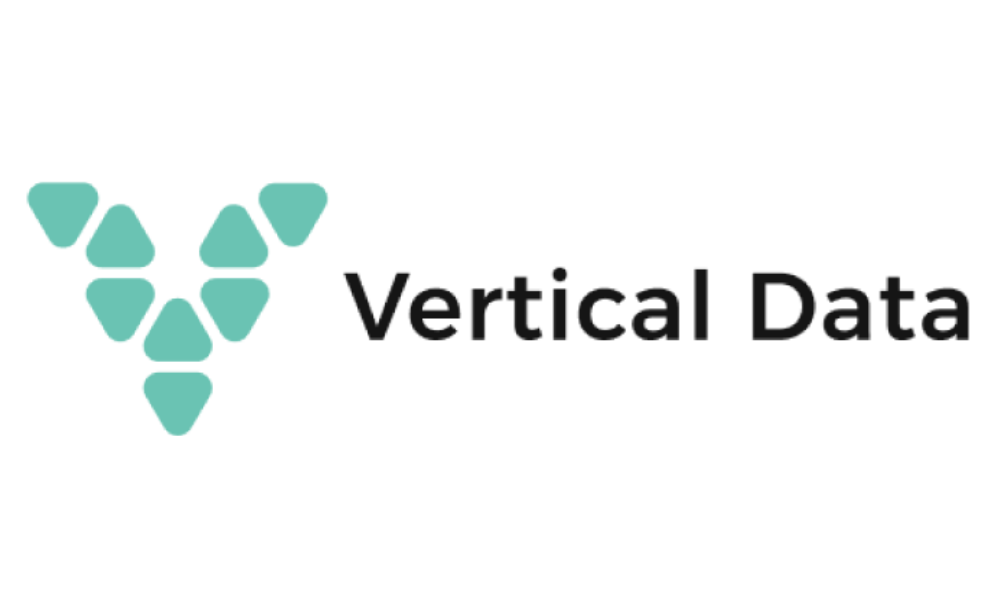The promise of computer vision is compelling: machines that can see, analyze, and make decisions faster than any human. But for business leaders, the critical question isn’t whether the technology works, it’s whether it delivers measurable returns that justify the investment.
Recent industry data provides clear answers. A comprehensive study by Forrester Consulting found that retailers implementing computer vision solutions achieved an average 374% return on investment over three years, with payback periods of less than six months. But these impressive numbers only tell part of the story.
The ROI Framework That Actually Works
Calculating computer vision ROI requires looking beyond simple cost-benefit analysis. The most successful implementations focus on three core value drivers: cost reduction, revenue protection, and operational efficiency gains.
Cost Reduction typically accounts for 40% to 60% of total ROI. In manufacturing, computer vision systems reduce quality control costs by automating defect detection that previously required manual inspection. Industry data shows manufacturing companies achieve 10% to 15% cost reductions when implementing computer vision for quality control processes.
Revenue Protection often delivers the highest impact. In retail environments, computer vision systems that detect checkout anomalies and prevent shrinkage can recover $88,000 annually per store location. For a 100-store chain, this translates to $8.8 million in protected revenue annually.
Operational Efficiency provides ongoing value through improved throughput and reduced errors. Manufacturing facilities report significant productivity improvements when computer vision handles routine inspection tasks, allowing human workers to focus on higher-value activities.
Industry-Specific ROI Patterns
Different industries see distinct ROI patterns based on their unique operational challenges and cost structures.
Manufacturing typically sees the fastest payback periods, often 6 to 12 months. The combination of reduced labor costs, improved quality control, and decreased waste creates multiple value streams. Automotive parts manufacturers report substantial savings, with documented cases showing 30% labor cost reduction and millions in annual savings through computer vision implementation.
Retail environments show strong ROI through loss prevention and operational efficiency. Beyond the headline-grabbing shrinkage reduction numbers, retailers report improved customer experience scores and reduced checkout wait times. The technology pays for itself through multiple channels simultaneously.
Healthcare applications often show longer payback periods but deliver substantial long-term value. Medical device manufacturers using computer vision for quality inspection report annual savings of $18 million through reduced recalls and improved compliance.
Logistics and Warehousing operations see ROI primarily through throughput improvements and error reduction. Computer vision systems that automate package sorting and damage detection deliver significant efficiency gains, with logistics operations seeing up to 50% improvements in warehouse picking efficiency.
The Hidden Value Multipliers
Smart organizations discover that computer vision ROI extends beyond the initial use case. These “value multipliers” often double or triple the original ROI calculations.
- Data Insights generated by computer vision systems provide ongoing business intelligence. Retail analytics from customer behavior patterns, manufacturing insights from production efficiency trends, and quality metrics that drive continuous improvement all add substantial value over time.
- Scalability Benefits become apparent as organizations expand computer vision across multiple locations or processes. The marginal cost of additional deployments decreases significantly, while the cumulative benefits compound.
- Risk Mitigation provides value that’s difficult to quantify but critically important. Computer vision systems that prevent safety incidents, quality failures, or compliance violations deliver ROI through avoided costs that might never be fully calculated.
Building Your ROI Model
Creating an accurate ROI model requires careful attention to both costs and benefits. Implementation costs typically include hardware, software licensing, integration services, and training. Ongoing costs include maintenance, support, and system updates.
The key is establishing baseline metrics before implementation. Document current labor costs, error rates, processing times, and quality metrics. These baselines become the foundation for measuring improvement and calculating actual ROI.
Consider both direct and indirect benefits. While labor cost savings are easy to calculate, improvements in customer satisfaction, brand protection, and employee safety provide substantial value that’s often overlooked in initial ROI models.
Timeline Expectations
Most computer vision implementations follow predictable ROI timelines. Initial deployment and training typically take 2 to 4 months, with measurable benefits appearing within 30 to 60 days of full operation. Peak ROI usually occurs in months 6 through 18 as systems optimize and organizations fully leverage the technology’s capabilities.
The most successful implementations plan for continuous improvement. Computer vision systems that learn and adapt over time deliver increasing value, with many organizations reporting ROI improvements of 20% to 40% in year two compared to year one.
Making the Investment Decision
Computer vision ROI isn’t just about the numbers, it’s about competitive advantage. Organizations that implement these systems effectively don’t just save money; they fundamentally improve their operational capabilities.
The question isn’t whether computer vision can deliver ROI, the data clearly shows it can. The question is whether your organization is ready to capture that value through thoughtful implementation and strategic deployment. Start with a pilot project that addresses a specific, measurable business challenge. Use the results to build confidence and refine your ROI model before scaling across your organization. The technology is proven; the returns are real; the competitive advantage is waiting.


